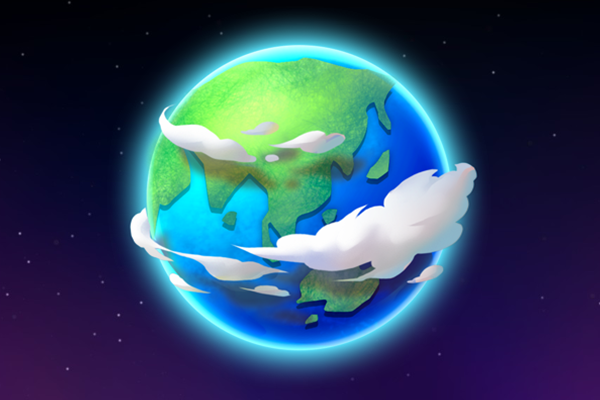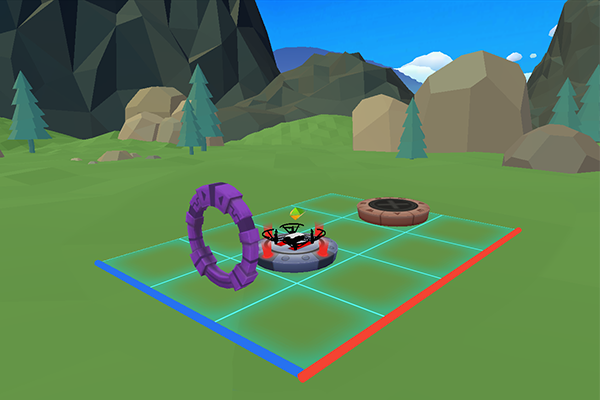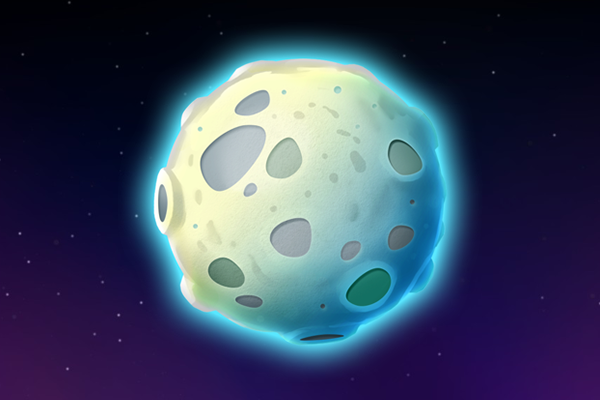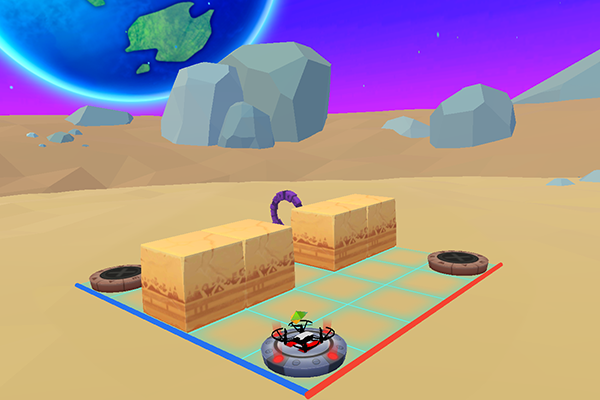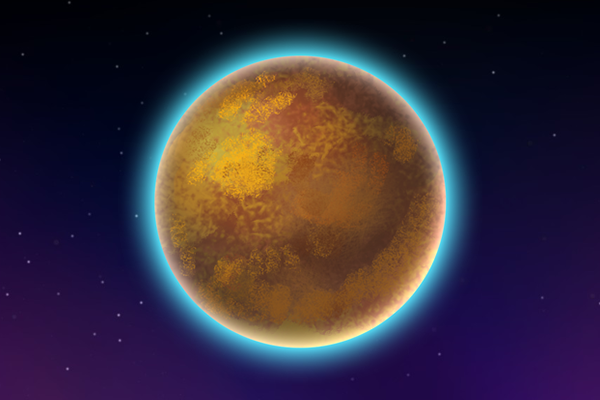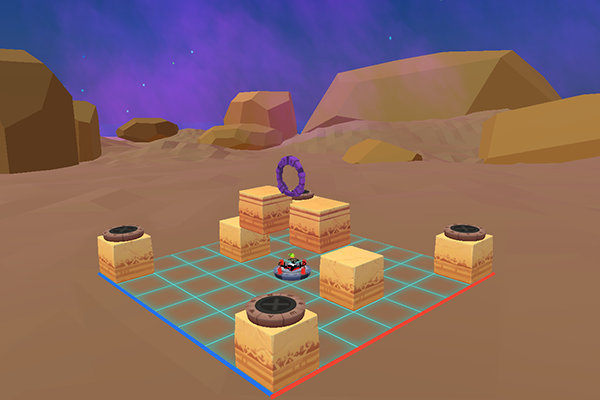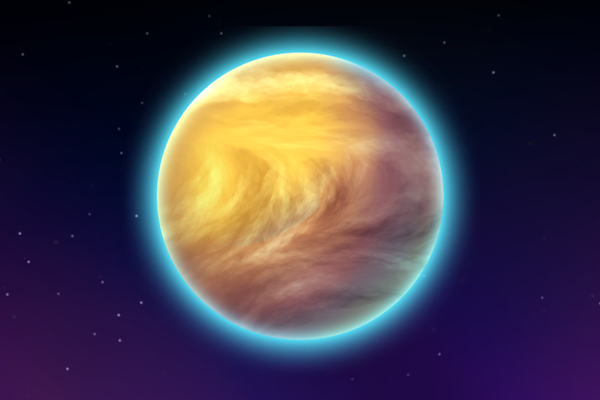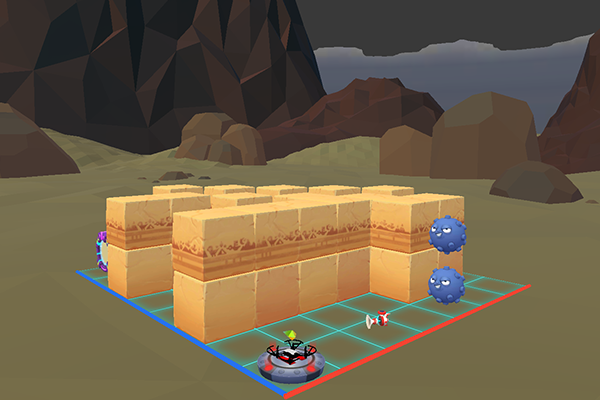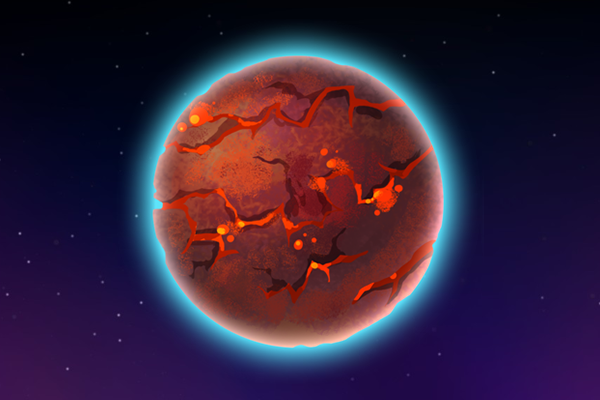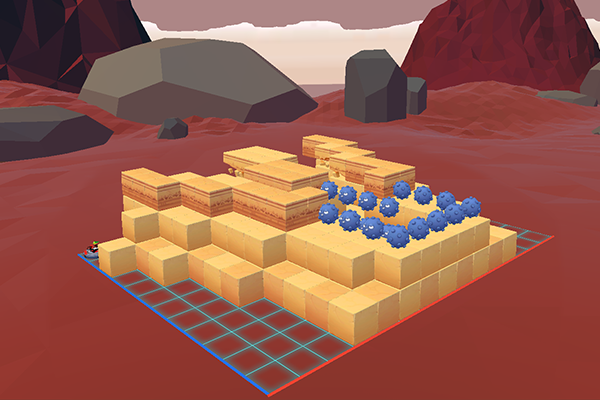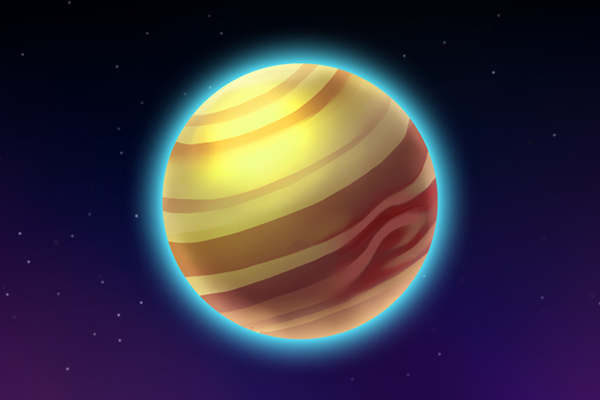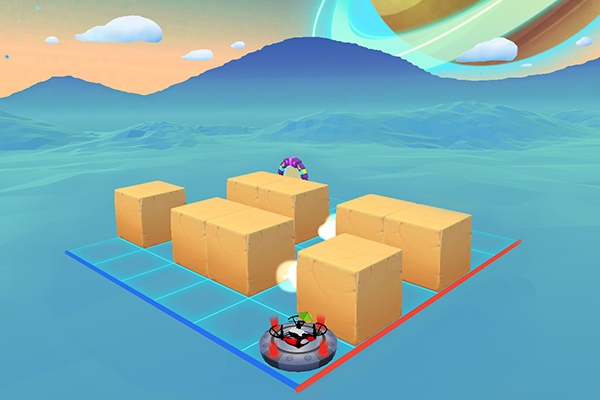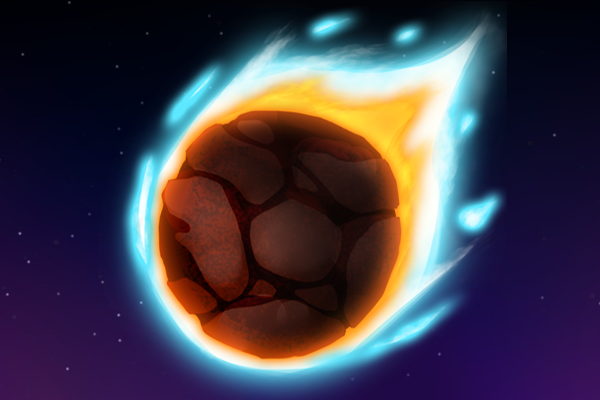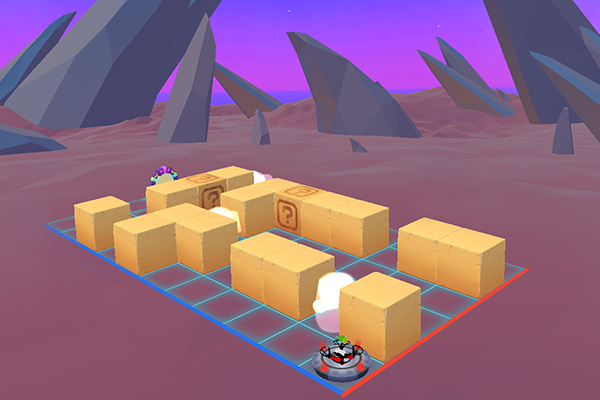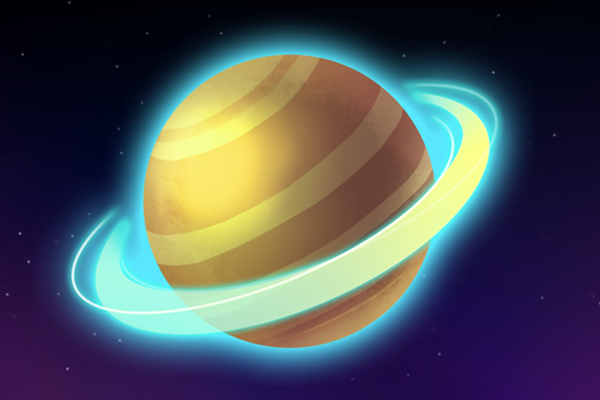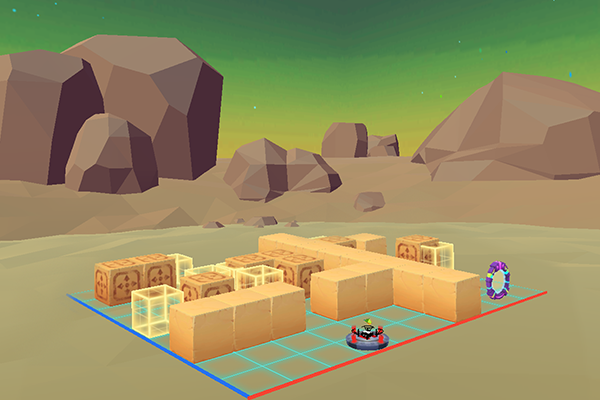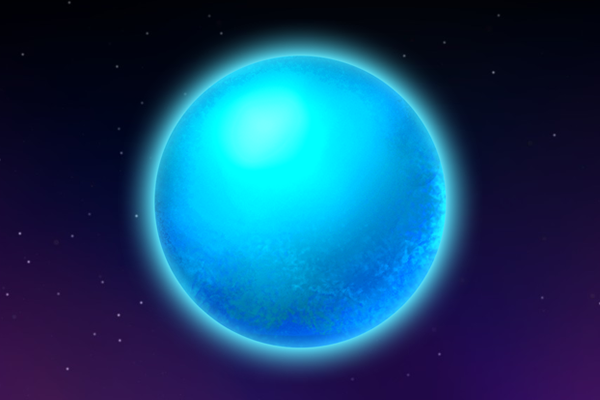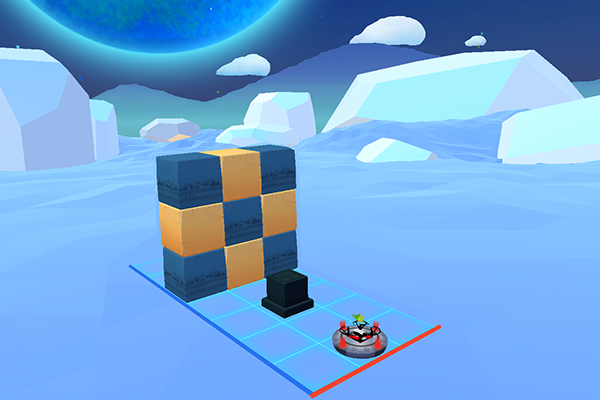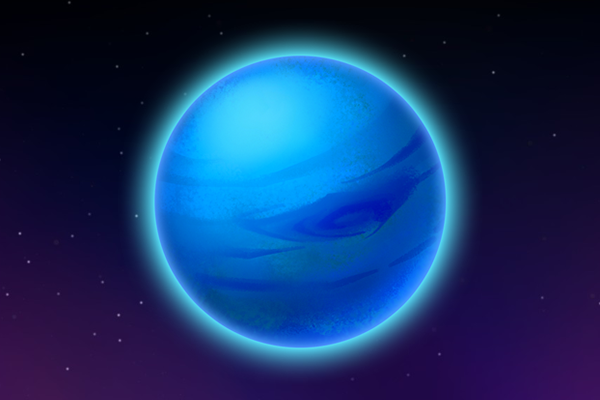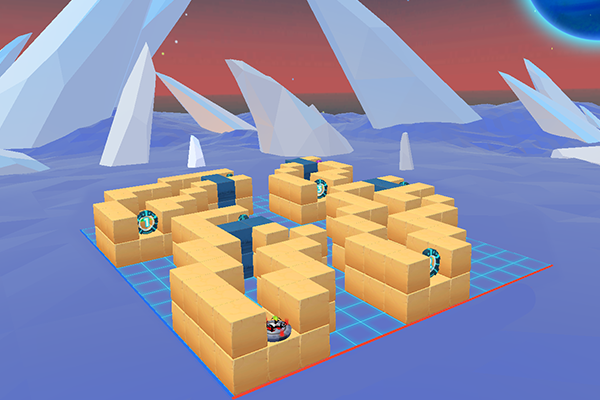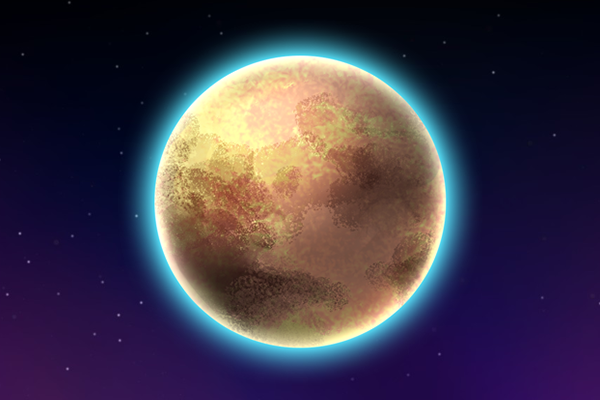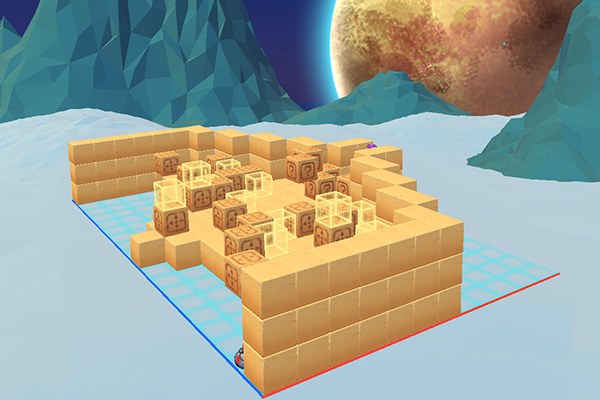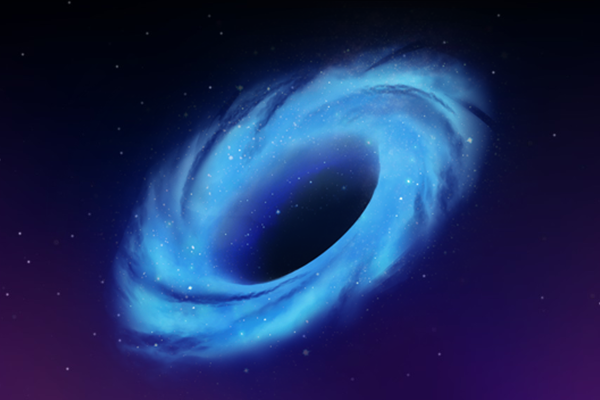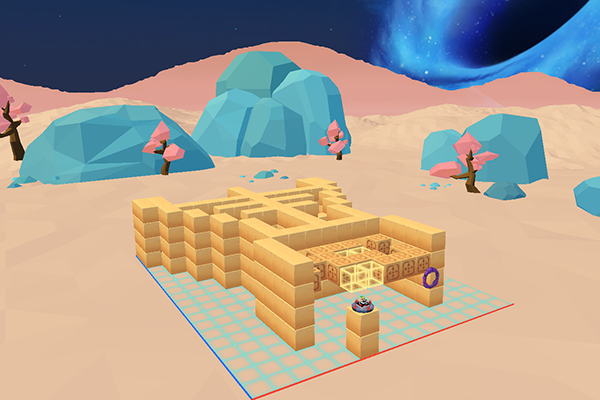The key learning points for the virtual stages on the 12 planets
Earth—Your first test
The Earth is the most precious sapphire in the solar system and the most friendly planet for humans.The virtual stages here are a good introduction for beginners. You will be taken into a mysterious kingdom of virtual stages through a simple guidance of 5 stages.
Moon—Simplify the program by using "Repeat"
The moon is the closest star to the earth. It is a representative of romantic sensibility.The beginner can adopt the skills learnt from the Earth and exhibit your skills on the moon. In order to reach the end point with greater efficiency, you need to know how to apply the "repeat" on the logical block. This will be a very important trick.
Mercury—Observation and Planning
Mercury is the planet closest to the sun in the entire solar system. There are considerable temperature changes on the surface and the environment is quite severe. The key point here is to carefully observe the distribution of all the triggers, plan the shape of the route, transfer the route to the blocks and finally reaching for the final transport portal!
Venus—Detours and repetitions
Venus is the brightest star in the night. Its greatest feature is the super-thick atmosphere. The pressure on its surface is comparable to that of the deepest Mariana trench. Under the continuous curves on the left and right in the route, the "repeat" of the logic blocks and careful observation shall be your best partners in passing this stage.
Mars—Training for a sense of space
Mars is often cited as the subject of science fiction, and humans have also sent many observation equipment to Mars. The height of the planet surface and the stage difficulty is higher, so you need to adjust the visual angles in order to gain a correct evaluation of the route. Be patient and check out the route before you proceed!
Jupiter –Function application of “Function”
The biggest feature of Jupiter is the great red spot that has existed for many years. Because it is a gas-liquid planet, it is extremely unlikely for one to survive on the surface of Jupiter. You can only place it on the satellite of Europa. The complex terrain often gives you a sense of Arcadia, making good use of 3-Dimension perspective to find out the path hidden behind the walls. If you have worked hard on a long list of blocks and cleared the stages, try to look back and see if there are any patterns hidden in the blocks, then use "Repeat" and "Function" to simplify it.
The Kreutz Sungrazers—Judgment application of "if"
The Kreutz Sungrazers are family of sungrazing comets split from a big comet. They come from afar and face towards the sun. Some of them even fall directly into the sun, giving out an extremely dazzling light. From here onward, there will be the appearance of the random walls. Initially you may not know where they will appear. It is not until you have completely entered the stage will you find their fixed locations. During this time, you will need to use your "if" logic blocks and sensory blocks to allow your UAV to sense for obstacles in the surroundings, and pass smoothly towards the endpoint.
Saturn—Judgment and Dodging
The ring around its waist is the most distinctive feature of Saturn in the solar system. Saturn, like Jupiter, is also a gas-liquid planet, so the stage is set up on its satellite "Titan". The patrol wall begins to appear in these stages. Fortunately, the patrol wall will only be moved once every time the UAV moved two squares. It is recommended to calm down and observe the direction of the wall, then use the "if" blocks to dodge.
Uranus—Full of triggers
The blue planet has a very cold surface, and its surface is constantly storming all the year round. No one can bare to stand on it. We have set a stage on its satellite "Titania". Here is the where you make use of the four triggers of "switch", "trigger door", "trigger wall" and "terminal". As long as you let the UAV land on the switch, the trigger door and the trigger wall will open. Furthermore, you can control the terminal to move the location of the trigger wall. Once you understand how these triggers work, then you may move onto the next stage.
Neptune—The forever jumping route
Neptune is like a twin to the Uranus. It has a much lower surface temperature and a higher wind speed. We have put a stage on its "Triton" satellite. For the additional trigger "transport portal", you need to observe every number on the transport portal, differentiate whether it is a green arrow for sending in or sending out, then find the corresponding transport portal. The addition of the transport portal is definitely a big test for planning the route.
Pluto—Integrated application
Originally, it was the smallest planet. At one stage, it has been reduced to a dwarf planet in recent years, as well as once used as a representative of "downgrade". Integrated problems are present from here onward. You must crack the stage using the characteristics of each individual trigger. Here we have added a random transport portal. One transport portal can correspond to several transport portals. Take a good look at the portal number and think about different ways you design your route.
Black hole—The ultimate challenge
It is the most feared star in the universe with horrible suction. It can suck all the objects close by, even the light cannot escape. After passing through the past 11 planets, you have finally reached the final stage. You must use all the knowledge you have learned in the past stages in order to pass this one. Since this is a huge stage and the distance is far, the energy level for the UAV initially is inadequate. Remember to find batteries to charge up before you take off again.
